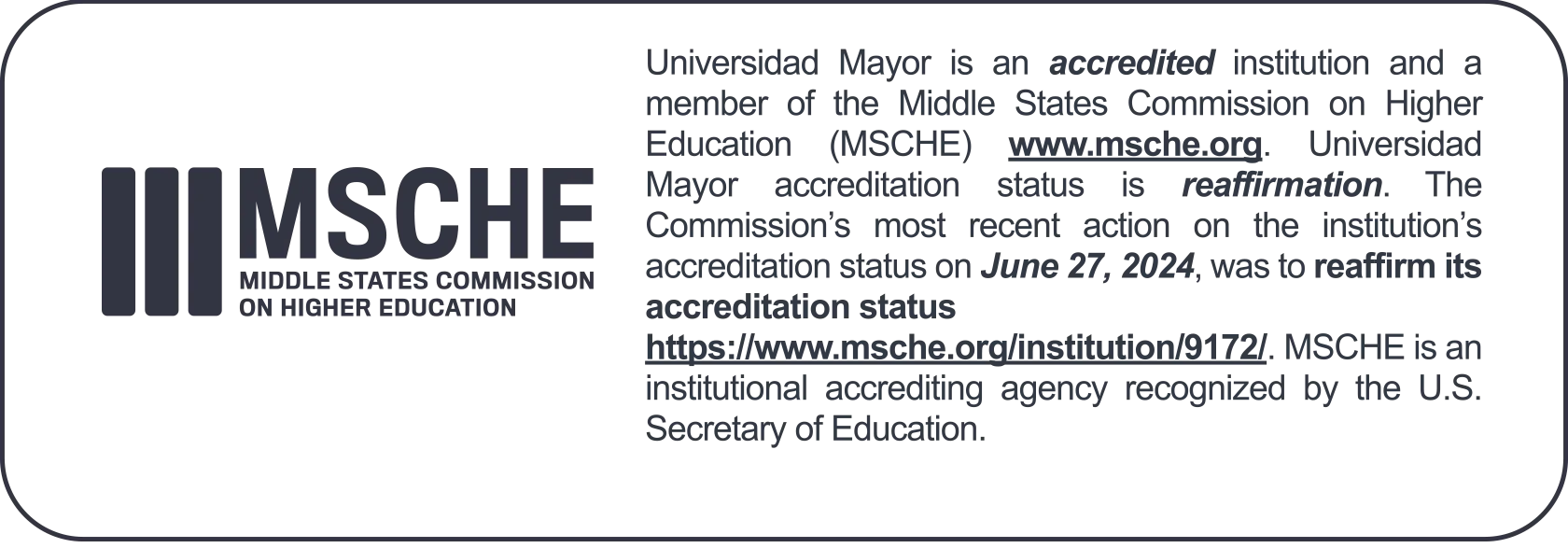Microorganisms used for the biohydrometallurgical extraction of metals
from minerals must be able to survive high levels of metal and oxidative
stress found in bioleaching environments. The Acidihalobacter
genus consists of four species of halotolerant, iron–sulfur-oxidizing
acidophiles that are unique in their ability to tolerate chloride and
acid stress while simultaneously bioleaching minerals. This paper uses
bioinformatic tools to predict the genes and mechanisms used by Acidihalobacter
members in their defense against a wide range of metals and oxidative
stress. Analysis revealed the presence of multiple conserved mechanisms
of metal tolerance. Ac. yilgarnensis F5T,
the only member of this genus that oxidizes the mineral chalcopyrite,
contained a 39.9 Kb gene cluster consisting of 40 genes encoding mobile
elements and an array of proteins with direct functions in copper
resistance. The analysis also revealed multiple strategies that the Acidihalobacter members can use to tolerate high levels of oxidative stress. Three of the Acidihalobacter
genomes were found to contain genes encoding catalases, which are not
common to acidophilic microorganisms. Of particular interest was a
rubrerythrin genomic cluster containing genes that have a polyphyletic
origin of stress-related functions.








